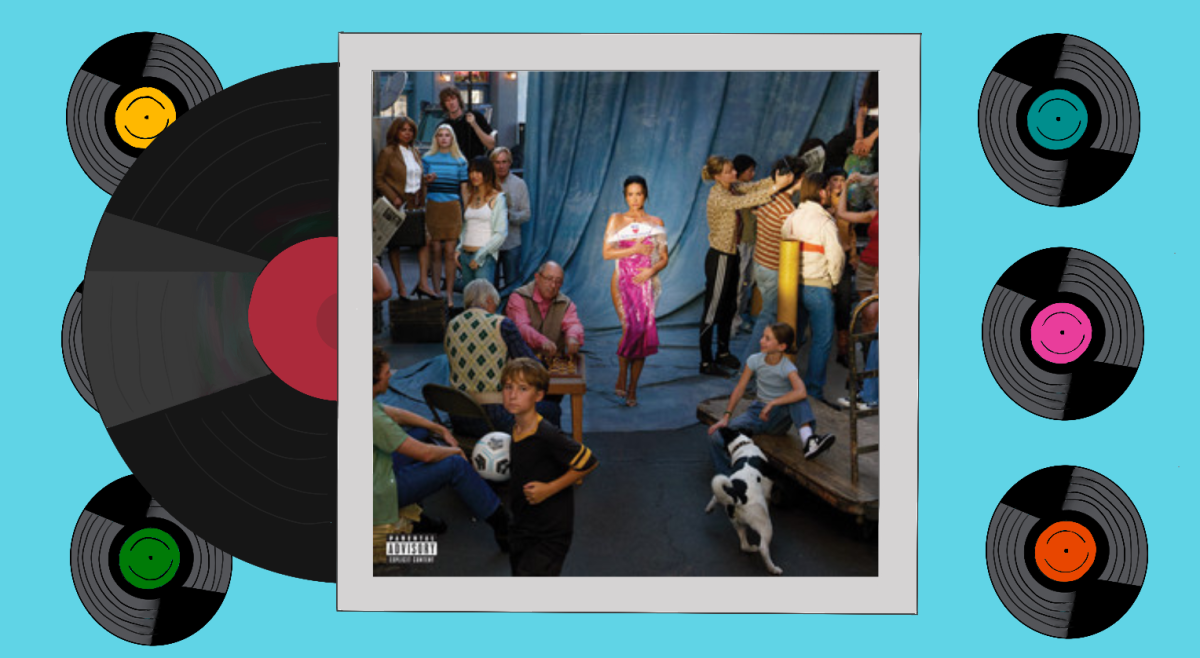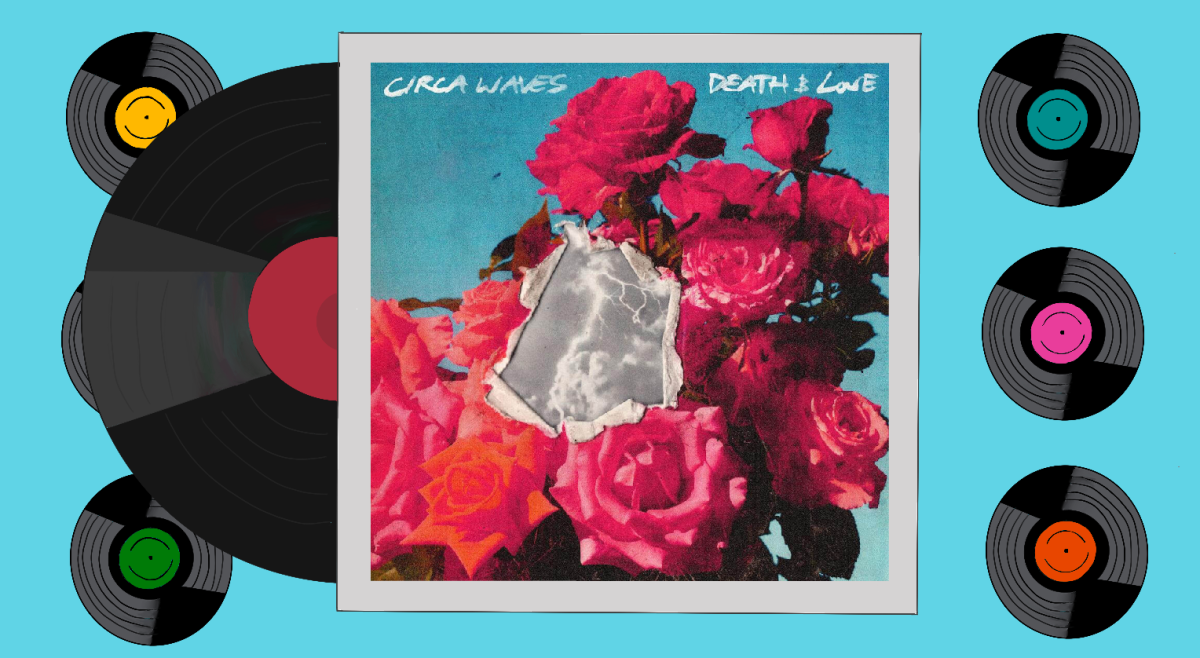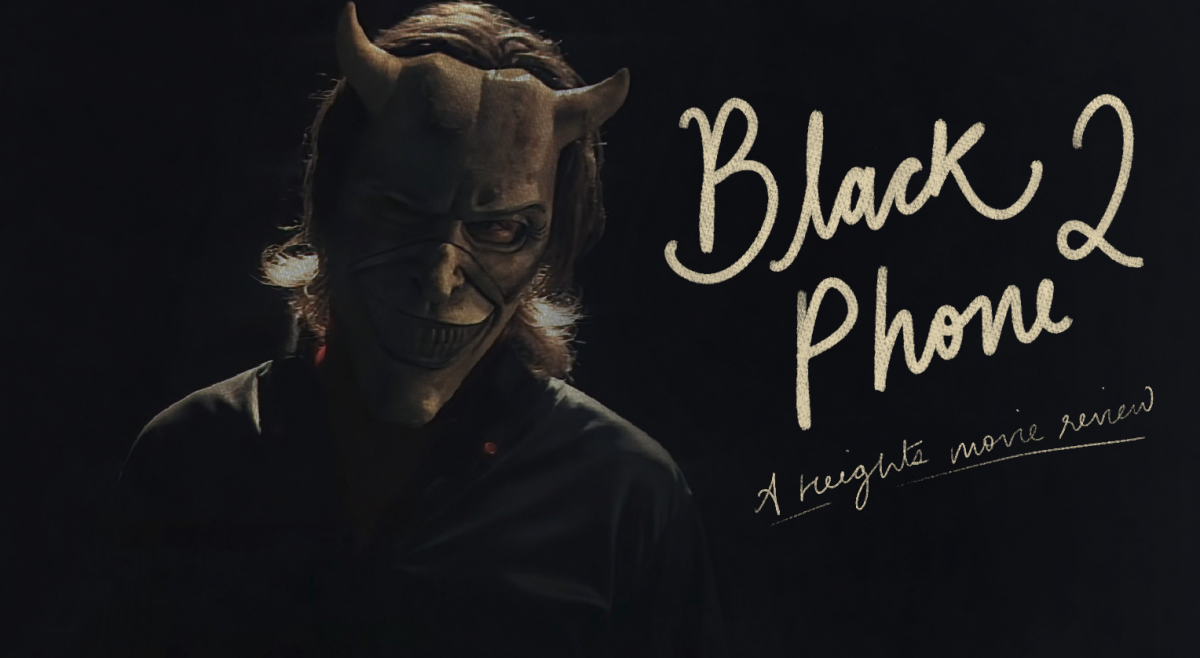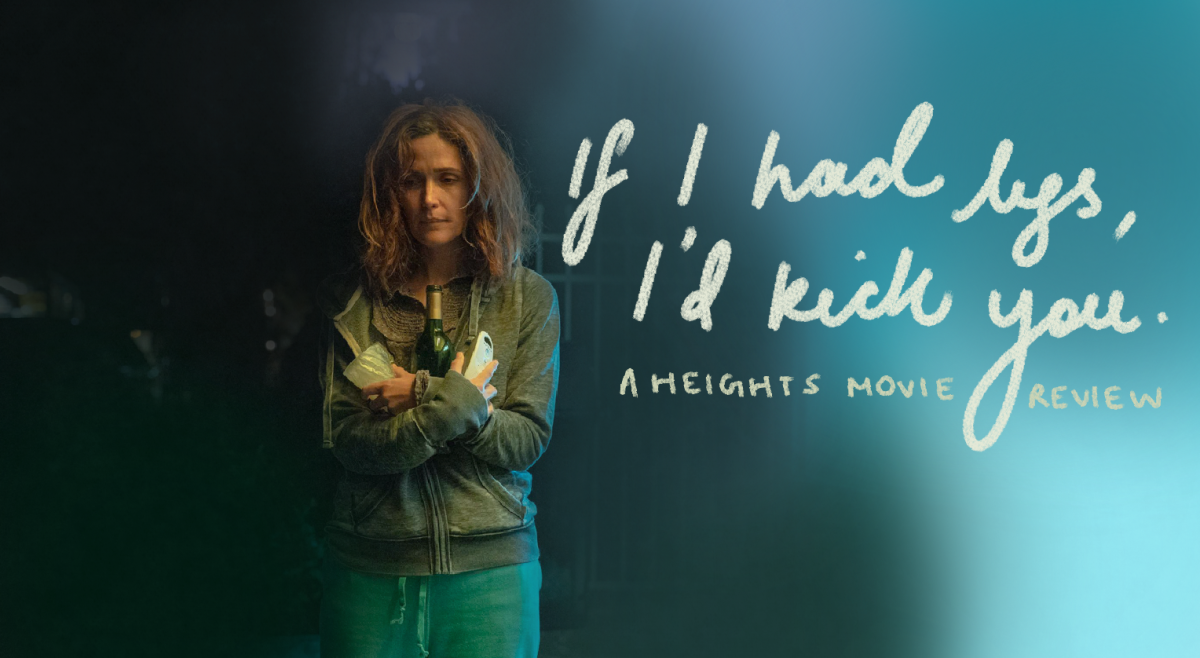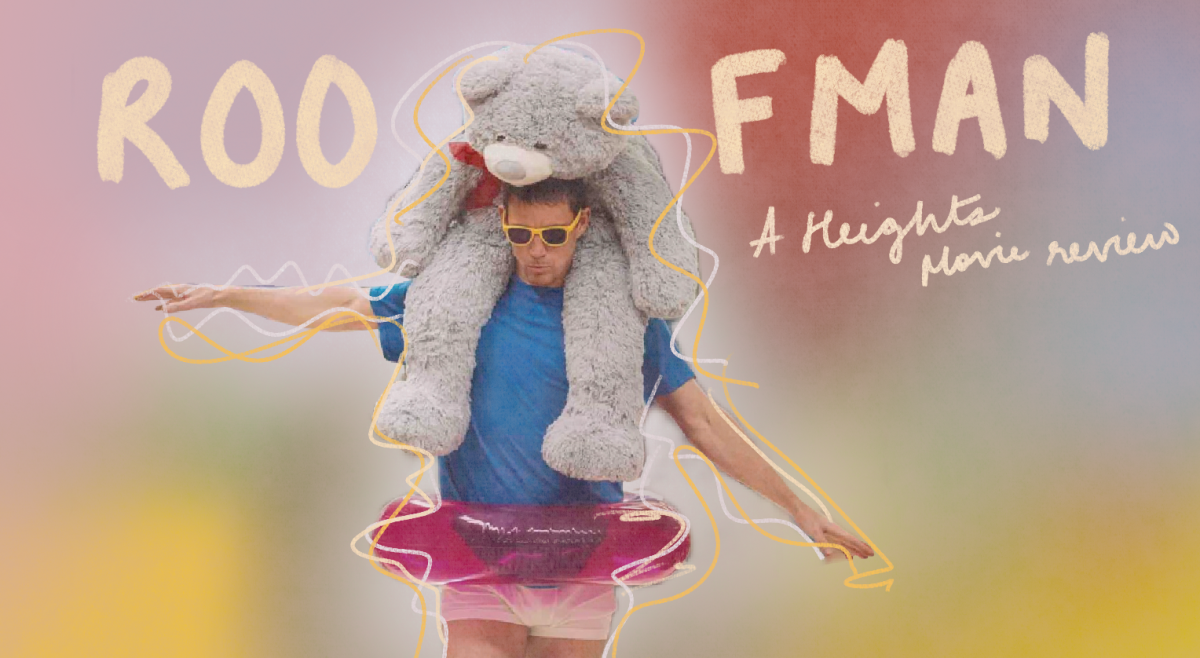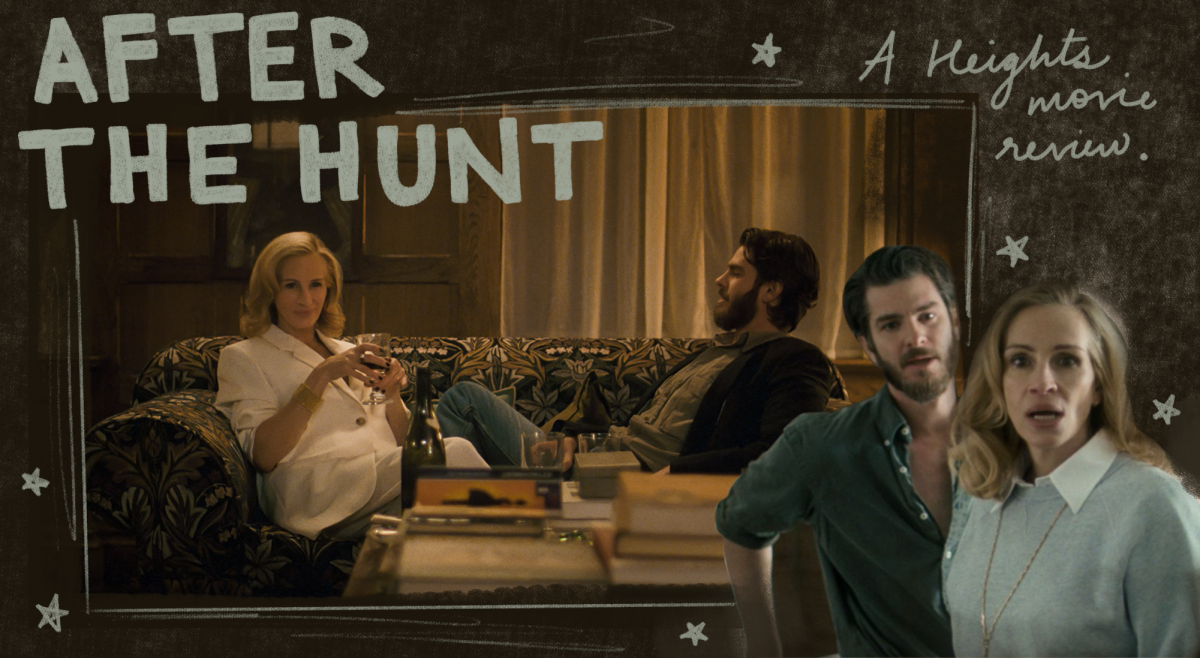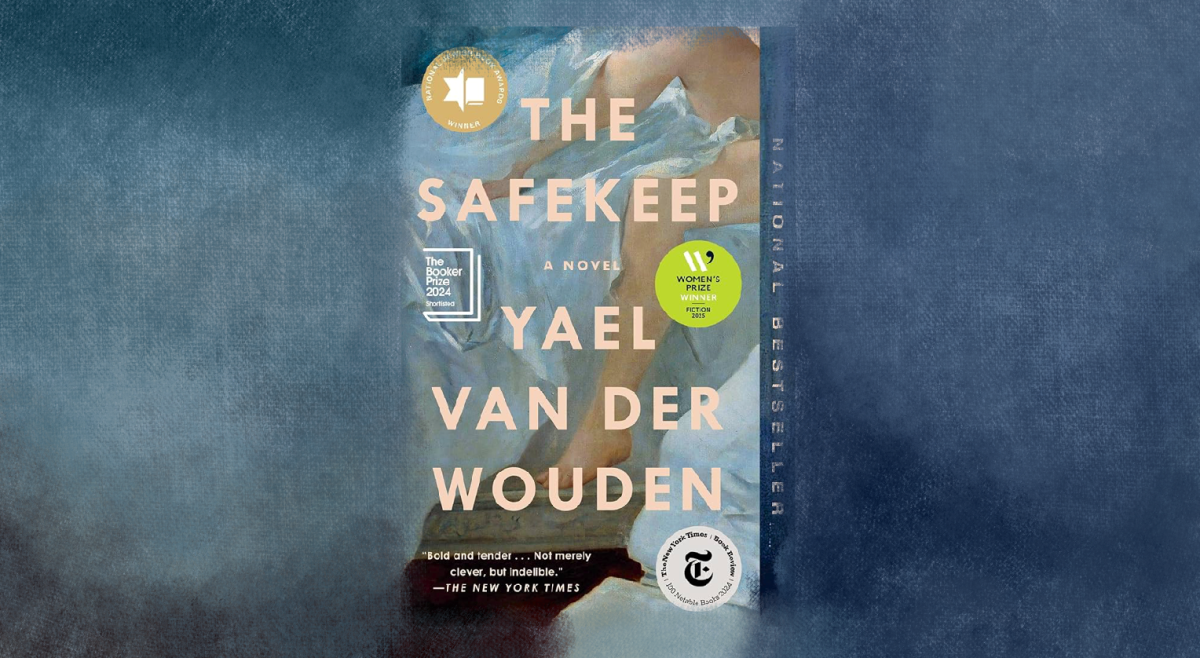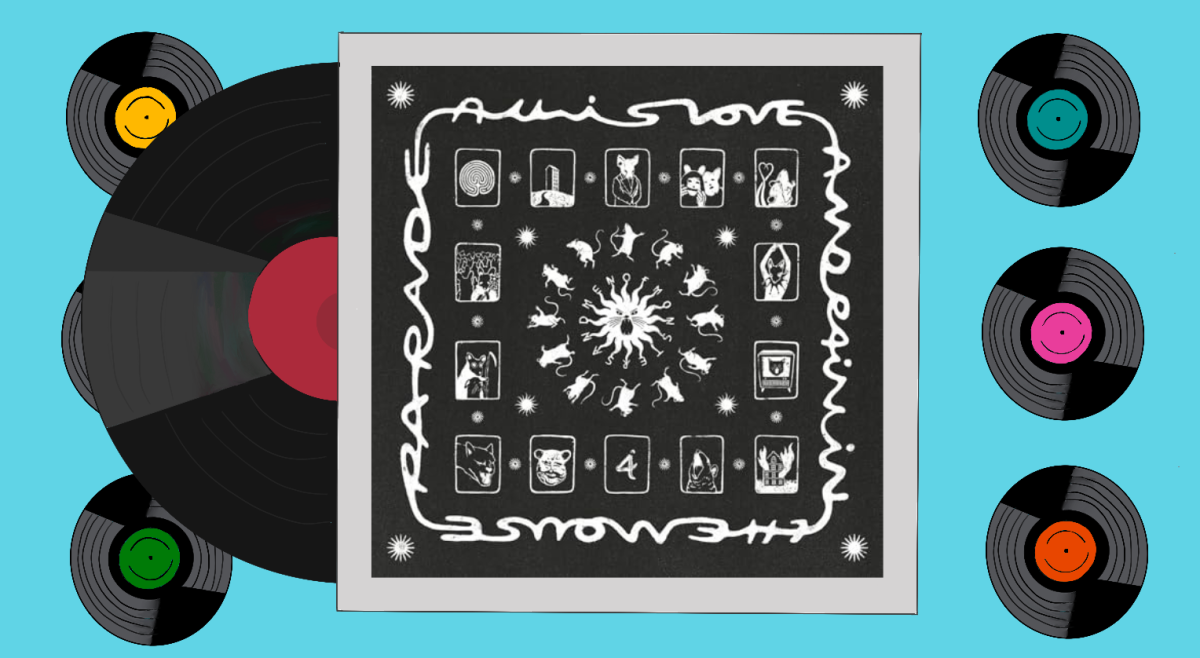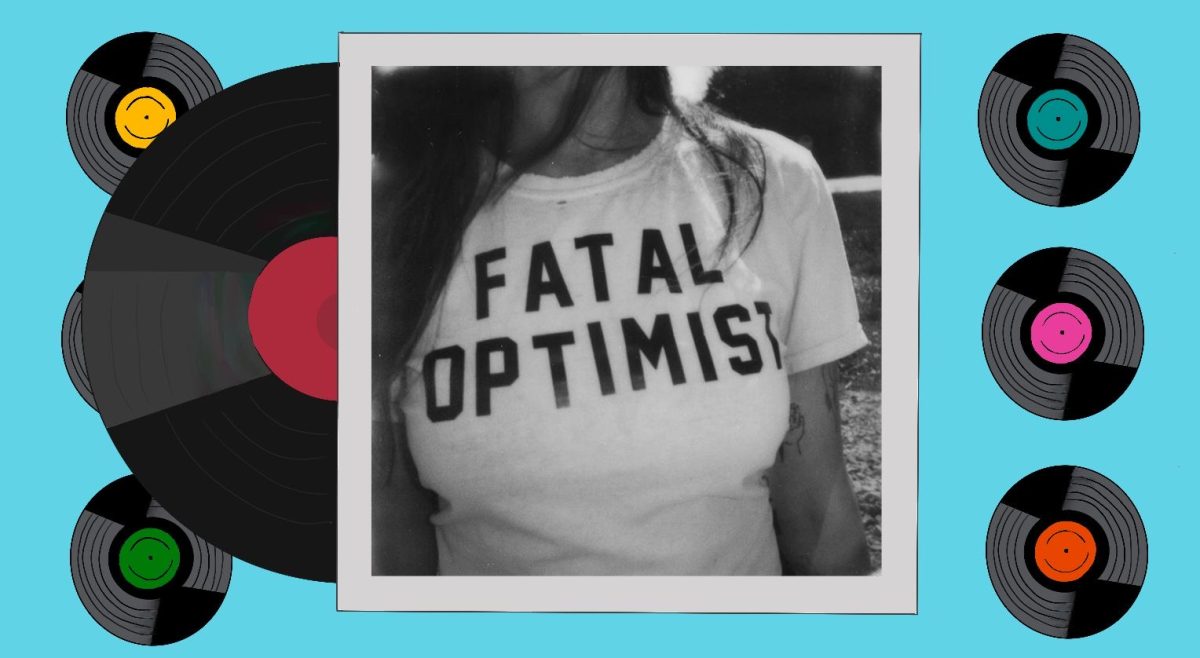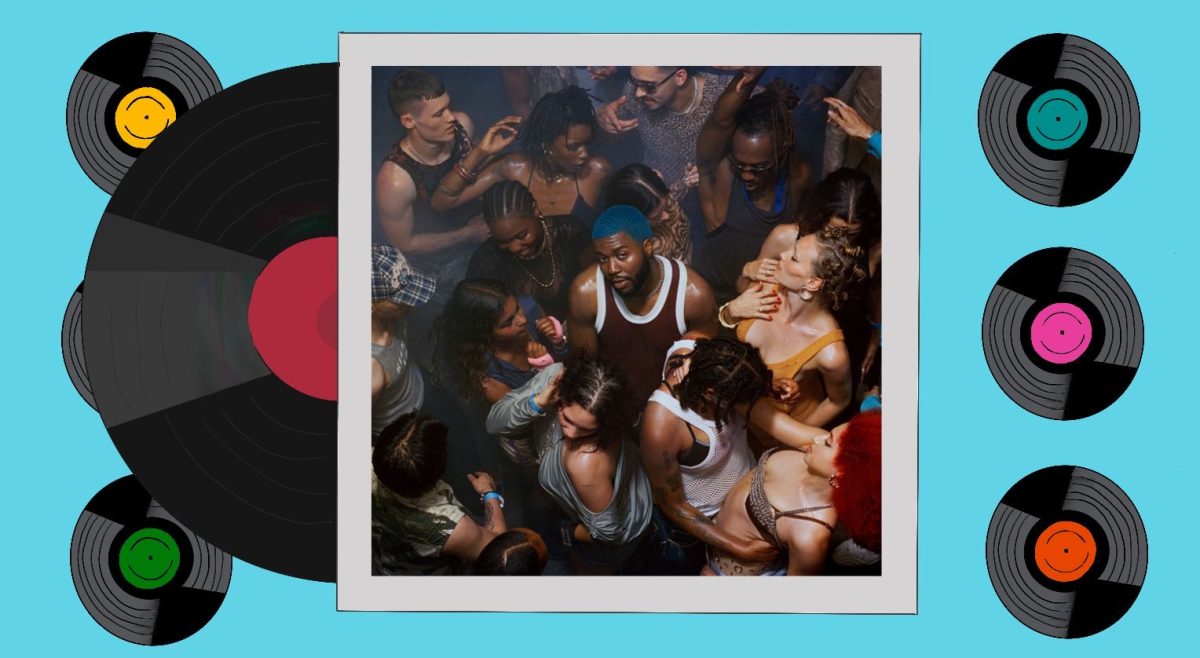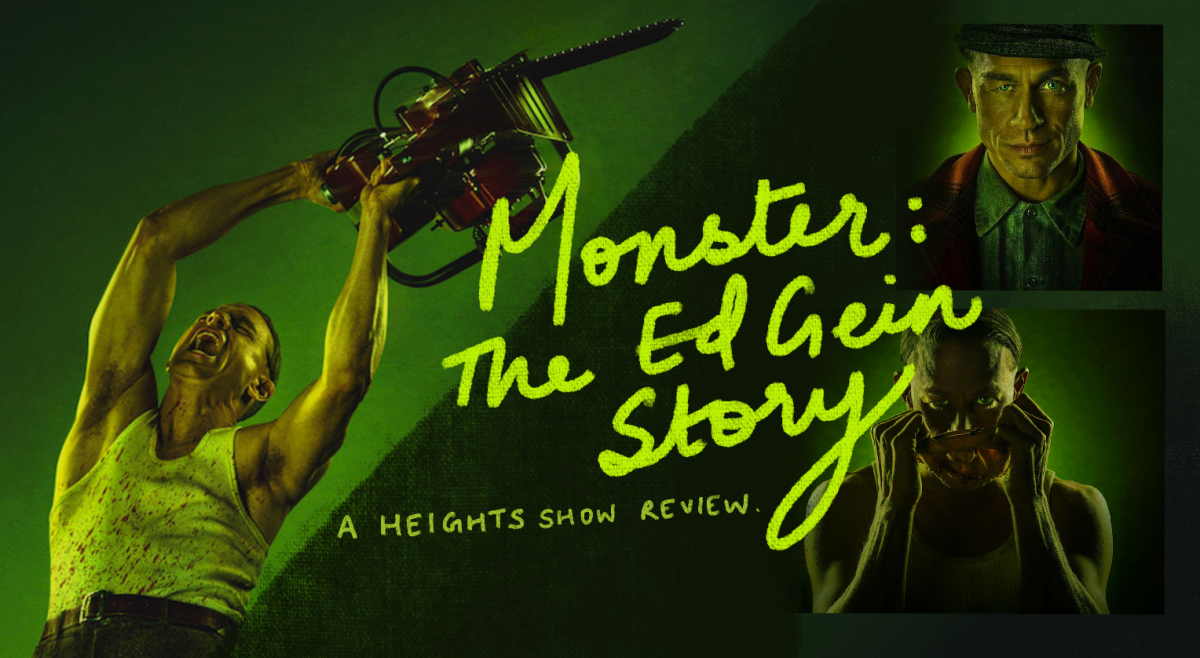★★★★☆
Acting more like a creative memoir than a biopic, the new film Spencer captures a time in Princess Diana’s life when the pressures of a broken marriage, hyperbole published in the tabloids, and a battle with an eating disorder forced her to take action—all under the watchful eyes of the Royal Family.
Director Pablo Larraín’s vivacious portrayal of Diana over the course of Christmas weekend in 1991 resembles the format of his previous film, Jackie, which followed Jacqueline Kennedy Onassis in the week following the assassination of her husband, John F. Kennedy Jr. In both films, Larraín excels as he depicts women who resist the control of hierarchy and tradition.
Spencer opens with numerous military vehicles bringing in large camouflage containers to a private estate, making it seem as if the Royal Family is preparing for battle. Instead, the crates hold the ingredients to be used in preparation for extravagant holiday meals.
But Diana (Kristen Stewart) doesn’t participate in the decorative, candlelit meals nor the Christmas Eve gift unwrapping with the family, as she grapples with her own internal struggles. The only people she truly trusts are those that work behind the scenes, rather than her husband or his family. Her dresser Maggie (Sally Hawkins) and the head chef Darren (Sean Harris) become her close confidants. The dialogue between these characters reveals more of Diana’s personality beyond her internal struggles as she lingers in the kitchen and chats with Maggie.
The strongest component of the film lies in its marvelous lead performance. Stewart alters the popularized image of Diana that audiences are used to seeing, keeping the mannerisms of the princess but providing a more in-depth look into Diana’s state of mind as she navigates life with the Royal Family. It’s refreshing that Stewart’s Diana is an individual with complex emotions and struggles and not simply an impersonation of the cultural phenomenon the princess has become over the years.
At times, the screenplay strays into the territory of pretentiousness, distracting the viewer from Diana’s experiences. Jam-packed with on-the-nose metaphors and allegory, it’s sometimes difficult to take seriously, as the film indiscreetly depicts Diana as a prisoner—her dresses are labeled P.O.W., standing for Princess of Wales.
The film grabs the real Princess Diana and places her in a fable, using the posh luxury of a mansion stuffed with extravagance in every detail to trap her. Stewart’s acting and Larraín’s storytelling make the audience members feel the claustrophobia Diana felt within the restraints of the Royal Family. She’s examined through a microscope by both the outside world and those who live within the estate’s walls. Through the film’s portrayal of Diana’s resistance to the expectations of her new family and the public, it reveals a woman who must try to remain true to herself against all else.
Featured Image Courtesy of FilmNation Entertainment




